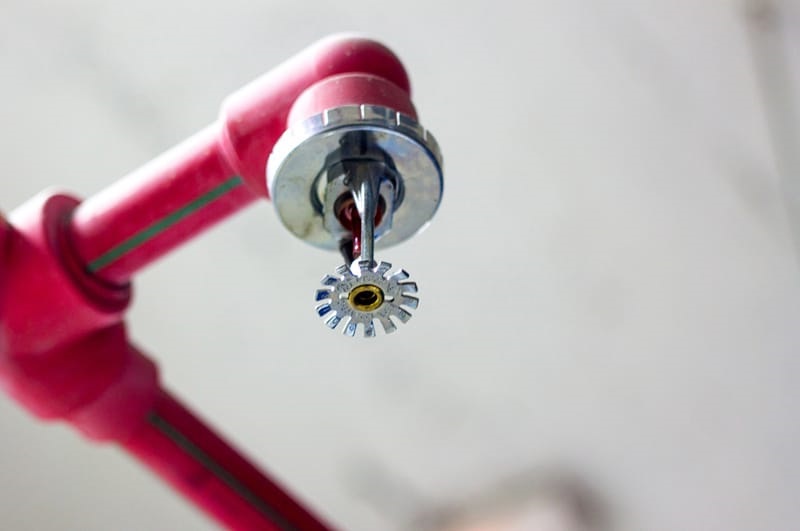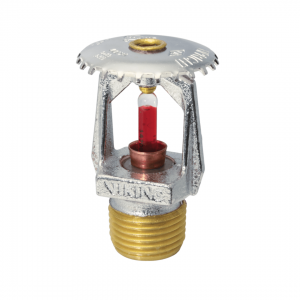

Sprinklers System
Sprinklers and other Automatic Fire Suppression Systems (AFSS) can protect your home as well as nearby buildings, people, and property. They offer protection against fire damage and, more crucially, they increase the likelihood that people will escape a fire. They can also save money by lessening the harm and severity of a fire.
Sprinklers are activated one by one where the temperature rises – they don’t all go off simultaneously throughout a building like in the movies!
It is made up of a distribution piping system that is permanently attached to building structures, as well as a valve station and sprinkler heads that are firmly attached to the distribution pipes in the protected area. A water source is connected to a pipeline network and sprinkler heads. In the event of a fire, water flows from the sprinkler heads and sprays the affected area. Water extinguishes the fire, cools building structures and the surrounding area, and at higher temperatures it evaporates quickly, displacing oxygen and thus creating an inert atmosphere, preventing the access of oxidant, i.e. the atmospheric oxygen required for combustion.
Should I invest on a fire sprinkler system?
The answer is, Yes!
Fire sprinkler head
Fire sprinkler head – the main component of the fire sprinkler system that discharges water when the fire has been detected. It comes in not one but an assorted design. Each sprinkler head contains a trigger mechanism, which releases water onto the fire.
The common misconception of fire sprinkler system
There is a common misconception of the fire sprinkler system that they trigger by smoke.
- For your information, the device has been placing with a glass bulb alongside its sprinkler heads. The glass bulb contains a glycerin-based liquid in which, detecting fire through an increase in temperature.
- As the surrounding temperature increased, the temperature at the head of the sprinkler will increase too. At a certain temperature; depending on the bulb itself, the liquid inside the bulb expands, break the glass and thus, activating the sprinkler head.
- There is the various colour of liquids in these glass components. Each of them indicating a different temperature required for the heat to break the glass.

Sprinkler head temperature rating and color-coding.

Activation method
The method of activation can be varying – depending on the type of fire sprinkler system installed. Implementing to all of the fire sprinklers, once the glass of the bulb breaks, the sprinkler head will automatically release water. However, the way water is stored and be delivered through pipes depends on the type of sprinkler system.
As we all know, all the main types; wet pipe, dry pipe, deluge, and pre-action are all used in pressured air. In the wet pipe sprinkler system, pressure in the pipe ensures the water is delivered quickly. For dry pipe and pre-action fire sprinkler system pressured air is used to fill up the pipe, instead of water. Once the air is released, due to a fire, the water will flow through the pipe.
In a post-fire emergency situation, it is a myth that the device will turn off once a fire is detected. The fire sprinkler system is designed to detect a rising temperature at each of the sprinkler heads and goes off only if when the fire reaches the sprinkler. If you require a sprinkler system where all the sprinkler heads go off at the same time, then you need a deluge sprinkler system.
The good news is AITO has capable technician that can install, design, testing, maintain & possess the required abilities and information.


